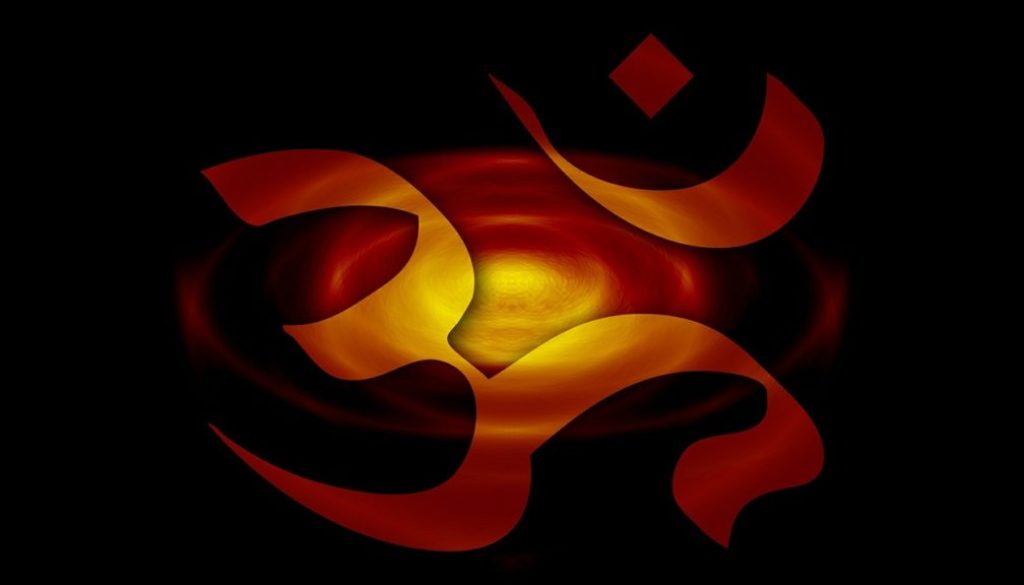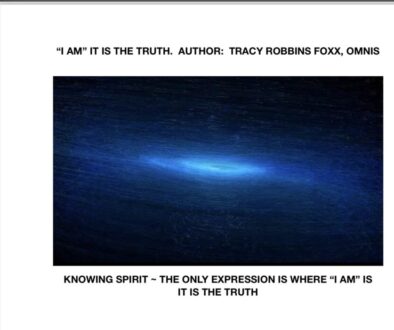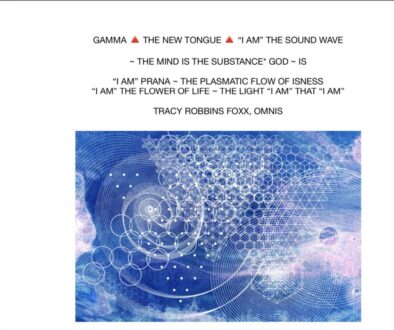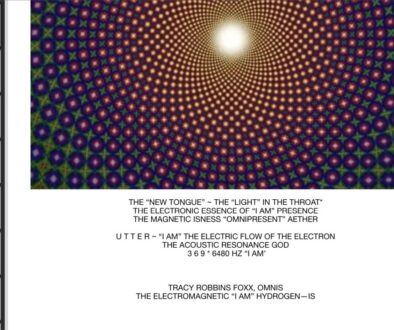AUM “I AM” ? ओम् मंत्र
? (AUM)—ORIGIN
Found first in the Vedic scriptures of Hinduism, aum has been seen as the first manifestation of the unmanifest Brahman (the single Divine Ground of Hinduism) that resulted in the phenomenal universe. Essentially, all the cosmos stems from the vibration of the sound ‘Aum’ in Hindu cosmology. Indeed, so sacred is it that it is prefixed and suffixed to all Hindu mantras and incantations. It is undoubtedly the most representative symbol of Hinduism.
Although the ॐ symbol’s left part, ऊ, which looks like a figure 3, looks like the uu vowel in the Devanagari script, specifically, when used as a syllable with no attached initial consonant, it is actually based on Brahmi version of ओ. The nasal sound is indicated by a chandrabindu.
? PHILOSOPHY OF AUM
Gods and Goddesses are sometimes referred to as Aumkar (or Omkar), which means form of Aum, thus implying that who are limitless, the vibrational whole of the cosmos. Ek Onkar, meaning ‘one god’ is a central tenet of Sikh religious philosophy. In Hindu metaphysics, it is proposed that the manifested cosmos (from Brahman) has name and form (nama-rupa), and that the closest approximation to the name and form of the universe is Aum, since all existence is fundamentally composed of vibration. (This concept of describing reality as vibrations, or rythmic waves, can also be found in quantum physics and super string theory, which describe the universe in terms of vibrating fields or strings.)
In advaita philosophy it is frequently used to represent three subsumed into one, a common theme in Hinduism. It implies that our current existence is mithya, or ‘slightly lesser reality,’ that in order to know the full truth we must comprehend beyond the body and intellect and intuit the true nature of infinity, of a Divine Ground that is imminent but also transcends all duality, being and non-being, that cannot be described in words. Within this metaphysical symbolism, the three are represented by the lower curve, upper curve and tail of the ॐ subsumed into the ultimate One, represented by the little crescent moon-shape and dot, known as chandrabindu. Essentially, upon moksha, mukti, samadhi, nirvana, liberation, etc. one is able not only to see or know existence for what it is, but to become it. In attaining truth one simply realizes fundamental unity; it is not the joining together of a prior manifold splitting. When one gains true knowledge, there is no split between knower and known: one becomes knowledge/consciousness itself. In essence, Aum is the signifier of the ultimate truth that all is one.
For the scriptural esoteric explanation of Aum see Mandukya Upanishad.
dvaita-advaita (Vaishnava) philosophies teach that ‘Aum’ is an impersonal sound representation of Vishnu/Krishna while Hari Nama is the personal sound representation. A represents Krishna, U Srimati Radharani and M jivas. According to Sridhara Svami the pranava has five parts: A, U, M, the nasal bindu and the reverberation (nada). Liberated souls meditate on the Lord at the end of that reverberation.
CREDIT: http://veda.wikidot.com/aum



